
Best Greenhouse for Wind
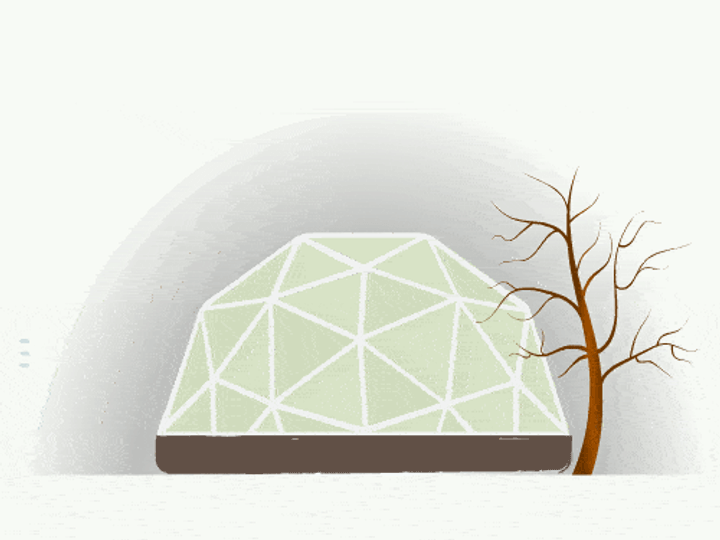
Growing Dome® Known to Withstand Hurricane Force Winds
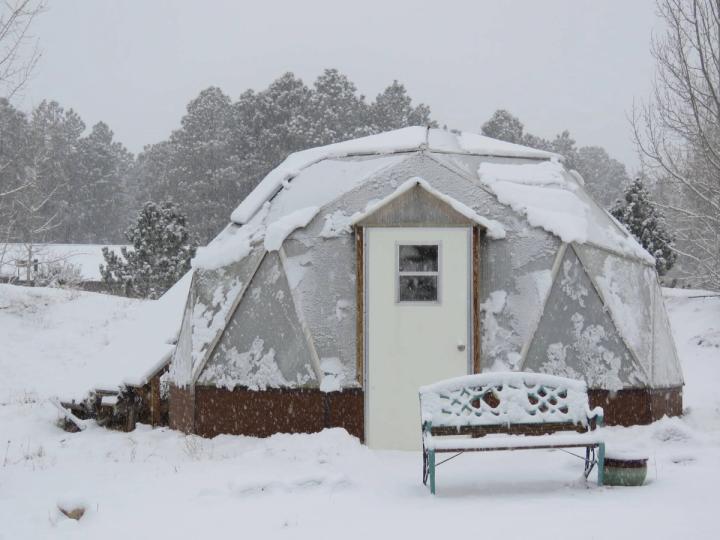
The strong, wind-resistant structure of a geodesic dome greenhouse is why the Growing Dome is the best greenhouse for wind and extreme weather, hands down!
“An 80 mph wind can produce a pressure of 16 pounds per square foot (psf). For example, the 10′ by 100′ sidewall of a gutter-connected greenhouse would have to resist a 16,000 pound force.” —UMass Amherst
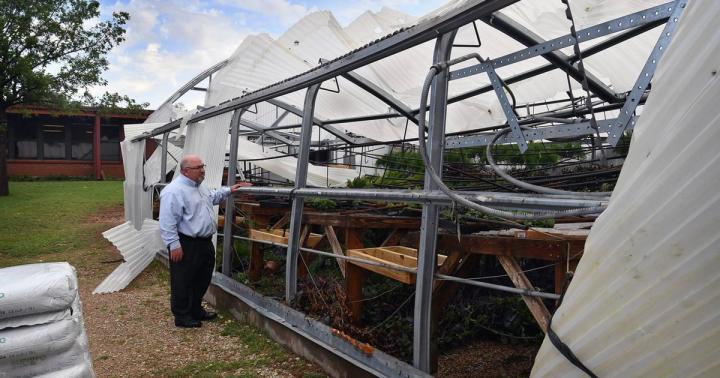
“I’ve seen high winds lift an entire greenhouse and dump it 3 plots away, the glass in shards and the frame looking like a giant has tied knots in it.” —Allotment and Garden
Why a Growing Dome is the Best Greenhouse for Wind
With a Growing Dome, you don’t have to protect your greenhouse from the wind. You can rest assured your garden is safe. Protect your plants without worrying about your greenhouse.
The Growing Dome is incredibly wind-resistant. Instead of wind impacting a large surface area, like the broadside of a rectangular greenhouse, it distributes the forces evenly across the geodesic shape, all the struts, and back towards the ground. There are fewer flat surfaces for the wind to push against.
Your Growing Dome is protected from high winds, hail, and heavy snow loads!
Growing food in a greenhouse protects your plants from wind when outdoor gardening is challenging in windy areas.
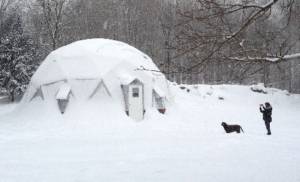
A safe and protected indoor space helps you successfully grow, especially if you live in a windy area. Now, more and more people tell us they live in a windy area, places traditionally not thought of as windy. Click this link to learn more about the wind map pictured below.

Is wind becoming more severe? Is nature becoming more violent? I don’t know for certain, but I do know greenhouses are supposed to be safe havens. We want to protect our gardens from undesirable outside influences—like wind, snow, and hail.
15′ Growing Dome Greenhouse Survives Hurricane Force Winds in Pine, CO
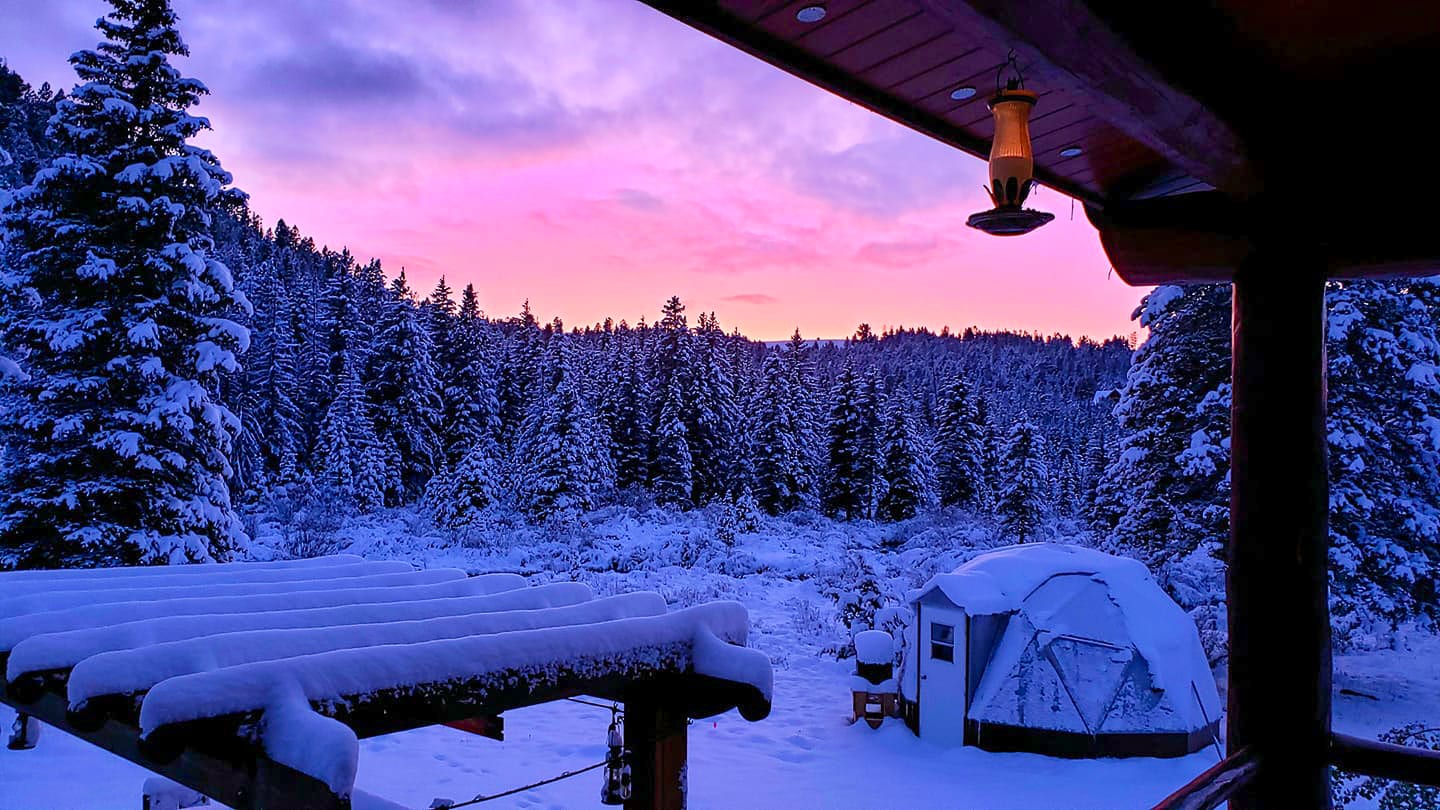
“I just wanted to let you know that our dome survived the recent hurricane-force winds and all the flying debris such as broken tree branches. We had gusts of winds measuring up to 115 mph (but that is as high as the anemometer will register). All around the dome, there was destruction and chaos of debris. The dome survived beautifully. Thank you for providing such a quality product. I love my Growing Spaces Dome!” —Happy Growing Dome Owner
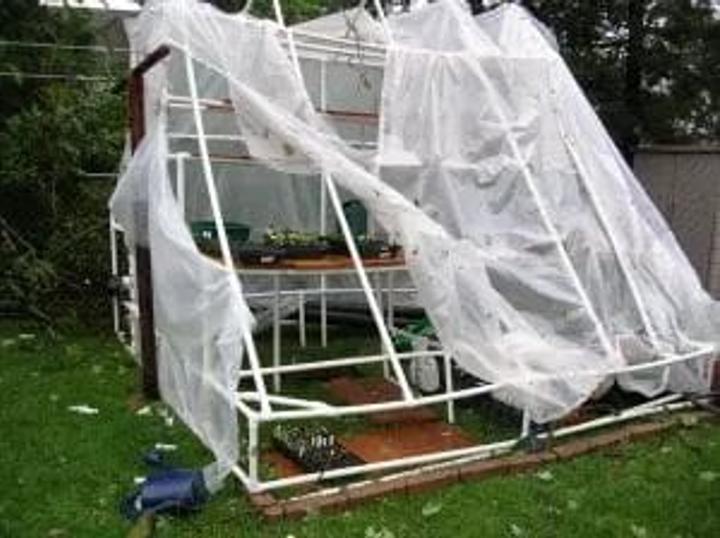
Traditional greenhouses have a point of weakness. Glass breaks, and flexible coverings flap and abrade in the wind eventually wearing out. Unlike other greenhouses or hoop houses that have covering made from glass, fiberglass, or plastic sheeting, our greenhouses are built with high-quality, hail-resistant polycarbonate glazing.
With a Growing Dome, there is nothing for the wind to push against. We have Buckminster Fuller to thank for the original Growing Dome design. He helped design a 60-foot Bio Dome for John Denver’s Windstar Ranch in Aspen. Our founder, Udgar Parsons was part of that project.
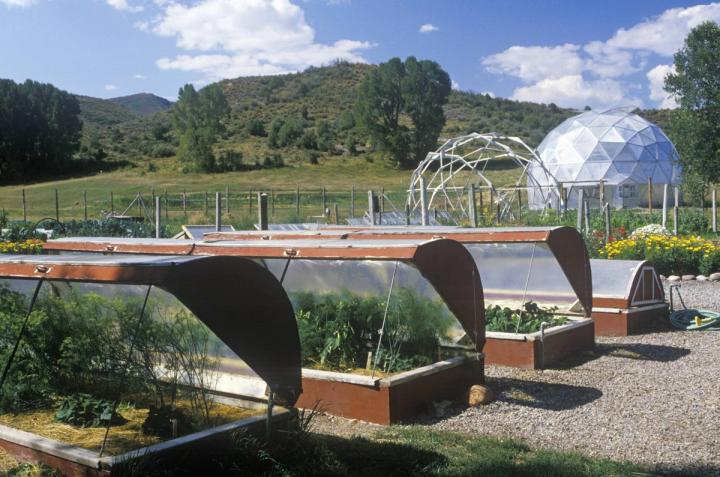

The wind is going to blow. Chances are it’s going to blow hard. In addition, you probably live in one of those “windy areas.”
If you want to protect your garden without worrying about protecting your greenhouse. If you want the best greenhouse for wind, the Growing Dome delivers this safe haven.
The Growing Dome is secured to a foundation wall with an engineered anchoring system, which in turn is secured to the ground with an engineered anchoring system. The weight of the soil beds and the above-ground pond add further strength and stability.
Share This
For three days in March 2008 Jason Stuck shoveled gravel into a Growing Spaces’ 33’ Growing Dome. That was Jason's first “project” working for Growing Spaces. Jason easily fell in love with the product, the people, and the philosophy of helping the earth by helping others grow their own food. Jason wore many hats at Growing Spaces over the years. Shovel slinger, metal fabricator, shopkeeper and author. Jason wrote many articles for our website and newsletter.
Subscribe to Our Newsletter
Join our community to stay up to date

Featured Categories
Downloads

Please Subscribe to Our Newsletter! :-)
Please Join our community to stay up to date :-)